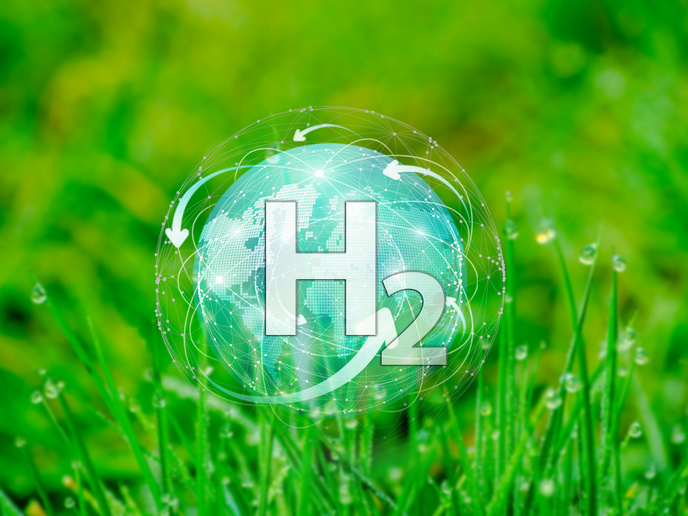A novel path to sustainable hydrogen storage
Since its launch in 2022, the EU-funded MOST-H2 project has been working on a way to store hydrogen efficiently, safely and economically. Now in its third year, it has made significant progress towards advancing the types of hydrogen storage technologies Europe needs to achieve its climate goals. MOST-H2’s secret weapon in its cryo-adsorptive hydrogen storage solutions is a special class of porous crystalline material called metal-organic frameworks (MOFs). In cryo-adsorption, gaseous hydrogen is physically adsorbed on porous material at cryogenic temperatures. The project has been developing novel monolithic MOF adsorbents with an optimal combination of volumetric and gravimetric hydrogen sorption capacity. These materials will be able to store hydrogen efficiently, will be easy and safe to transport, and will have a very small environmental footprint.
Harnessing AI
To accelerate progress in material development, the MOST-H2 researchers developed an AI-drive tool that makes it possible to accurately predict which MOF structures are optimised for hydrogen storage. “By combining machine learning with advanced simulations, the project has established a robust database of high-performing materials,” states a news item posted on the ‘idw’ platform. “This work has also been featured in recent publications, which showcase how computational methods can reshape MOF synthesis and enhance their application potential in gas adsorption processes.”
In search of new compounds
The MOST-H2 team has combined the computational analysis of over 10 000 MOF structures with rigorous experimental research to identify novel, high-performing MOF compounds that surpass the widely accepted targets for both gravimetric and volumetric hydrogen storage capacities. “These breakthroughs have been secured through patent applications,” reports the news item. Progress has also been achieved in hydrogen storage system modelling and analysis through the use of advanced simulations. These have made it possible to develop detailed heat and mass transfer models for cryo-adsorptive hydrogen storage tanks – a crucial step for optimising tank design and charging efficiency. According to the news item, this is “key to achieving scalable, practical storage solutions.” The project has also refined techno-economic models and life-cycle assessments with the goal of evaluating their proposed storage solution’s technical and economic performance and environmental impact. “These analyses are instrumental in scaling production and reducing costs, while informing end uses such as hydrogen-powered rail systems. Case studies in Austria and Italy highlight the project’s relevance to sustainable transportation.” Next on the agenda for MOST-H2 is to integrate these advancements into a fully realised lab-to-tank solution. Challenges to be addressed include scaling up the technology, improving system design and exploring potential commercial applications in hydrogen-powered mobility. The MOST-H2 (Novel metal-organic framework adsorbents for efficient storage of hydrogen) project ends in May 2026. For more information, please see: MOST-H2 project website
Keywords
MOST-H2, hydrogen, hydrogen storage, metal-organic framework, cryo-adsorption, adsorbent



